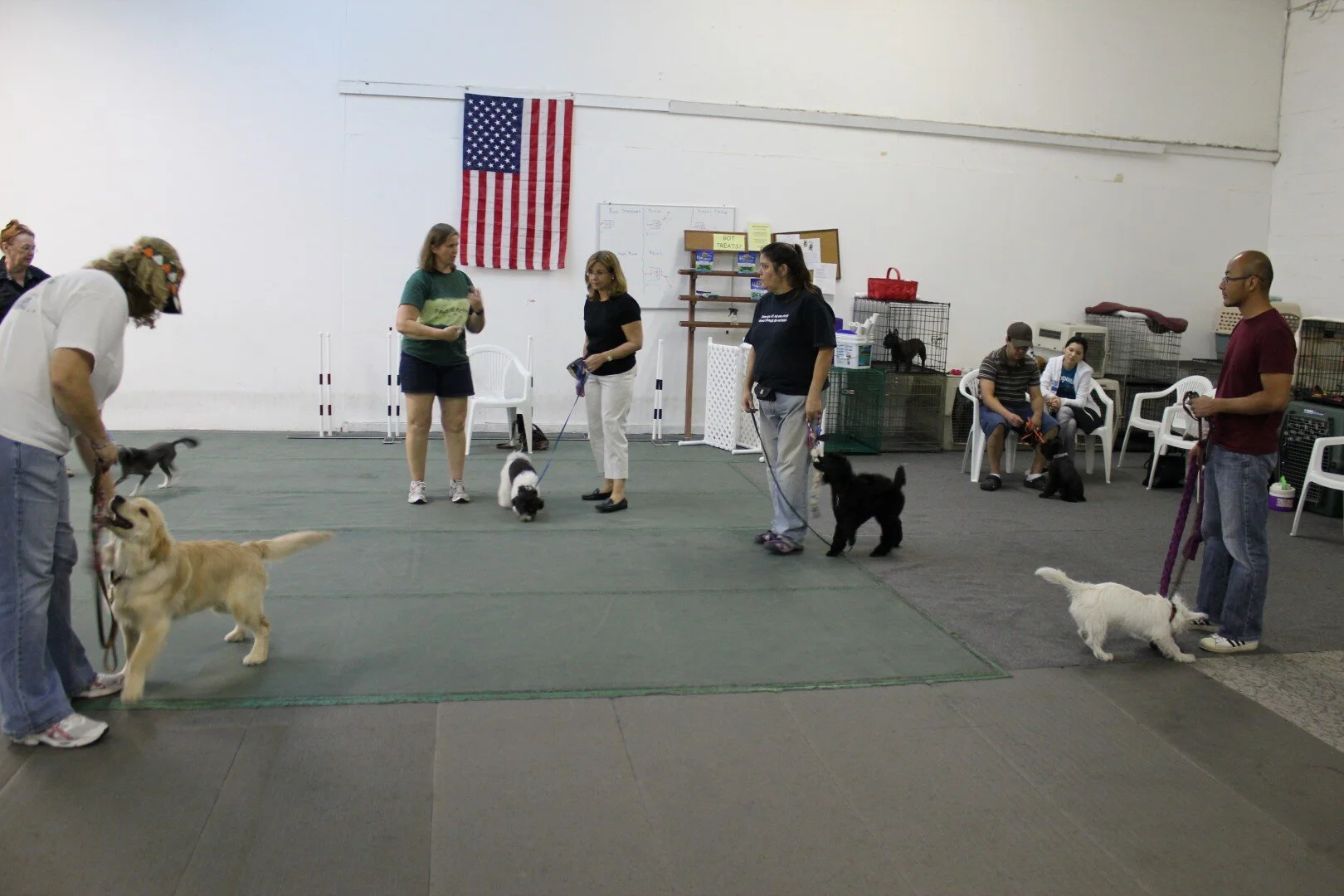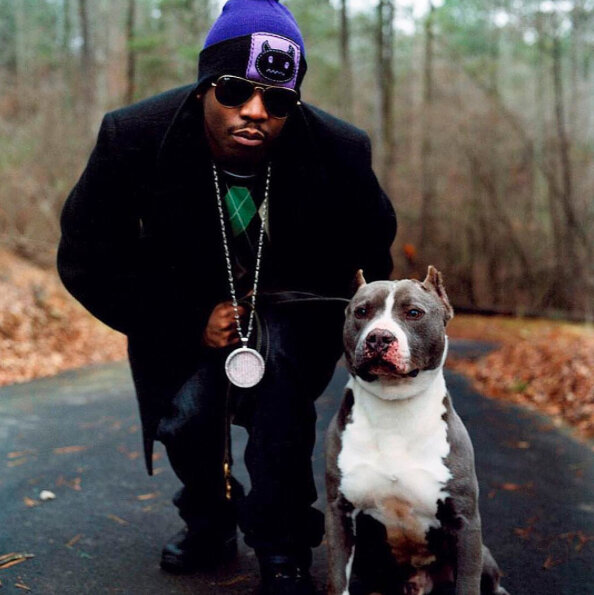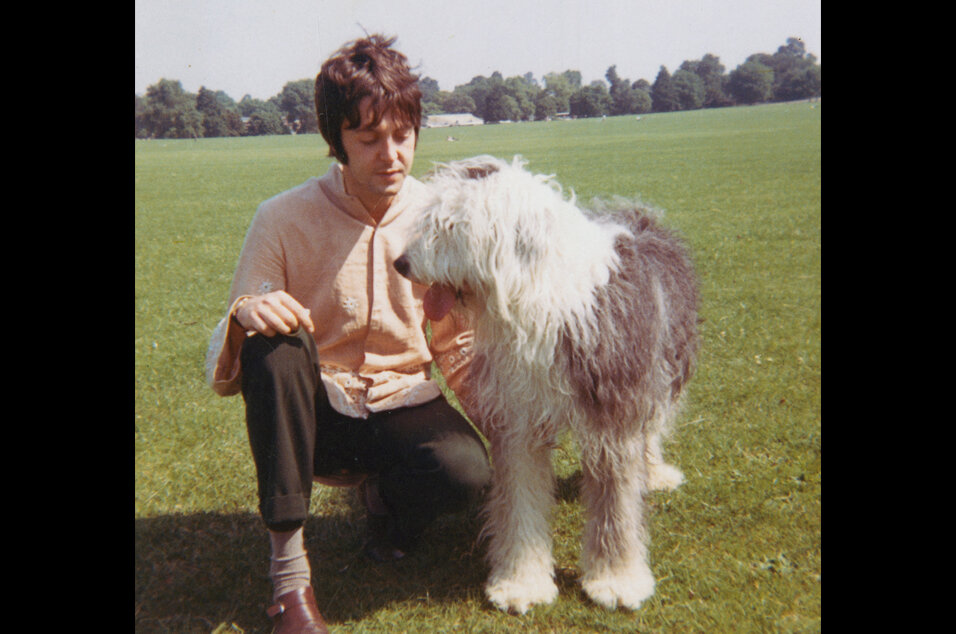Have you wondered why your cat magically slips away before you hear a knock on your door? Or why he becomes agitated before you detect any sign of a thunderstorm?
In the air, where sound and noise travel, exist sounds above and below human hearing. But our amazing cats hear them! Feline hearing is three times greater than human hearing. A cat’s ability to detect faint sounds and high pitches is astounding -- one of their most important senses for survival in nature.
In order for us to better understand our beloved feline friends, we must become aware of their amazing hearing ability. Very low or very high frequencies and strong vibrations may remain invisible to human ears, but in cats, they trigger strong behavioral responses. A loud drum roll from a music sound system can easily cause your cat to feel stress and run away. Sound can also attract our curious friends. They can hear an insect wing vibrating on the window, nocturnal sounds in the backyard and city streets, the high pitched whine of the computer, the crinkle of the treat package, and the music-to-their-ears can you’re opening for their dinner.
Most cat breeds have upright ears, which make responding to sound easy. Cats have 30 to 32 ear muscles, depending on the breed. For this reason, a cat can easily turn its ears for surround sound-like hearing. Watch your cat’s behavior in response to sounds as a way to learn what he is experiencing in his world.
Sometimes cats sit very still and stare at the ground. Their keen hearing is detecting movement. Cats are good mice hunters because they can hear the high squeaks and tiny movements that a mouse can produce. In fairness, a mouse can also hear the cat approaching, because it can hear sounds at an even higher and lower range than a cat. That’s the game of cat and mouse!
Just a little science about sound…
The 19th-century German physicist Heinrich Hertz discovered how to measure pitch, called a frequency. A frequency (Hz) can be a very high pitch, all the way down to a very low pitch. When your cat wants to be vocal -- to get a treat or your attention -- it will talk in high frequencies. You can hear an upward lift in pitch at the end of their meows, like an endearing question. Their adorable treat requests seem to work every time! And we often express our affection by talking to our cats in a high-pitched voice. Instinctively, we sense this is the most comfortable level for cats to hear. You are absolutely right!
The measurement of volume is called a decibel. This term is attributed to the inventor Alexander Graham Bell (1847–1922). Decibels are very soft to very loud volumes of sound. When your cat runs from a sudden loud sound, like a shot of thunder or a door slamming, it is feeling the physical pressure of sound in the inner ear.
Here is a chart that shows the hearing range of a human, horse, dog and cat. You can see that cats have the ability to hear sounds that humans, horses and dogs cannot. Humans hear up to a range of 20,000 Hz. Cats hear up to a range of 64,000 Hz. Isn’t that incredible!
Normal human conversation is at a volume range from 60-80 dB (decibels). Cats hear sound comfortably at this range also. You and your cat are a perfect team! Now you can understand why thunderstorms can be highly stressful for many cats. Storms create decibel levels at approximately 120 dB -- almost twice your cat’s hearing comfort zone. In addition to these acute sensitivities, the intense vibration of sound felt through their bodies and paws adds to their agitation.
Sonic Perspective
Learn your home from your cat’s perspective. Take some time and follow your cat around the house to see and hear what he or she is experiencing. You’ll be amazed at how many sounds you discover in your home: high and low, loud and soft. Your cat’s sonic life exits at several different heights. Their ears are about one to one and a half feet from the floor; they’re at ear level with us on the couch; and they can also climb to high-perches. So tune into your house to feel the vibrations through the floor with your hands, put your ear to the refrigerator or computer to hear the hum and frequencies, key into the rumble of trucks on the road and the sounds of planes in the sky coming through the window. This is their sonic world. Oh! And cats are picky about your music too! If you are playing music that disturbs their Zen, they will leave the room. If she likes your music, a cat will find the best spot in the room to listen, curl up and rest. They are nature’s acoustic scientists!
Your cat’s amazing ability to hear and respond to sound is a fascinating and important part of her life. Become a keen observer of your cat’s ears and responses to sound and you will become part of her invisible world of sounds.









































